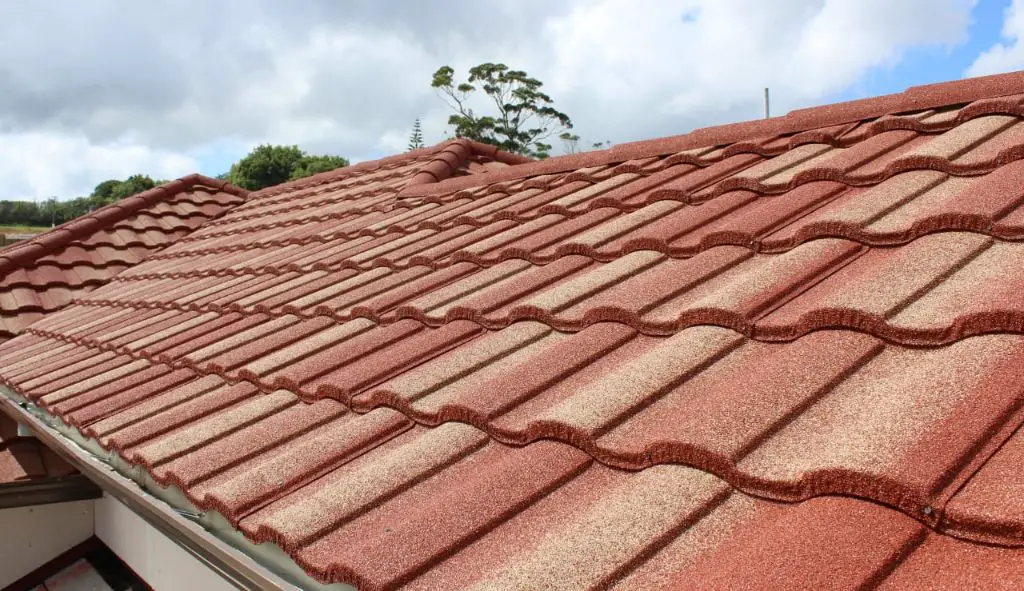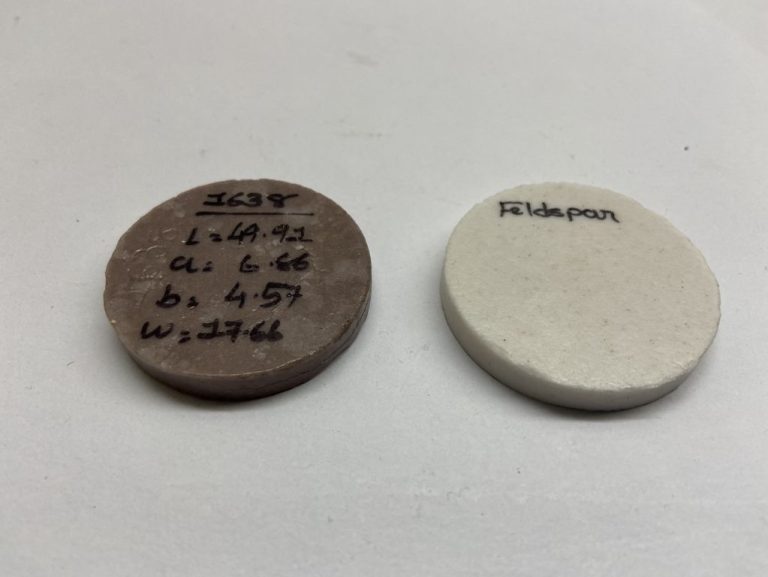Which Is A Disadvantage Of Clay Tile?
Brittle Material
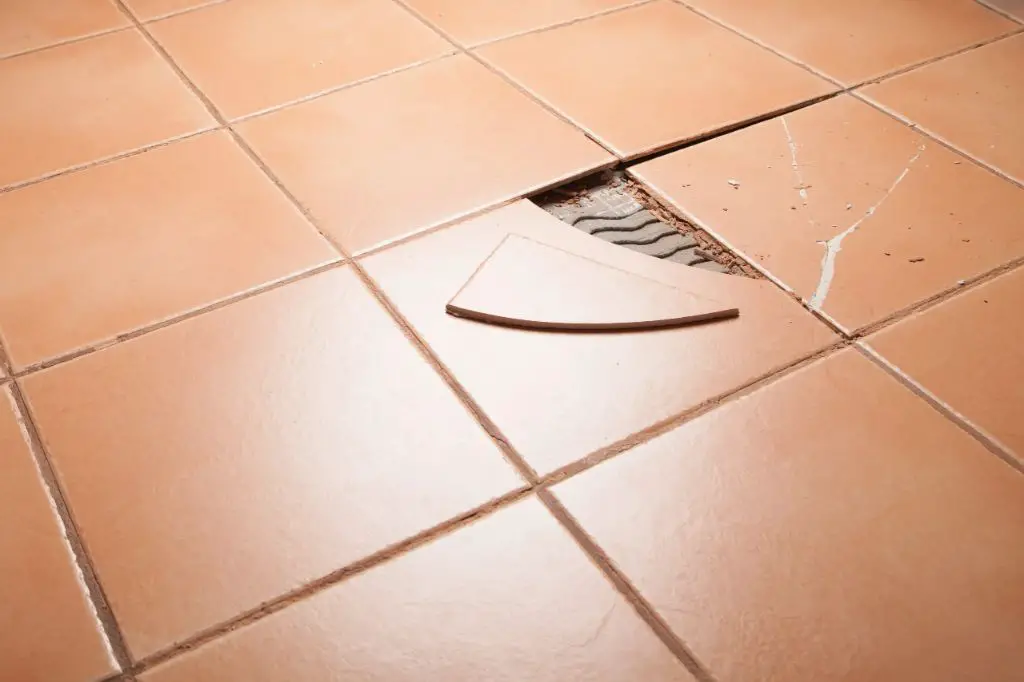
One of the disadvantages of clay tile is that it is prone to cracking and breaking. Clay tiles are made from natural clay which, when fired, creates a brittle ceramic material. According to this article, tile breakage rates in manufacturing plants can be over 20%. The brittle nature of the material means clay tiles can crack or break during shipping, installation, and throughout their lifetime.
Clay’s brittle quality also makes clay tile roofs prone to damage from hail, falling tree limbs, walking on the roof, and other impacts. Cracked or broken tiles must be replaced to maintain the roof’s weather protection. Therefore, the brittle characteristics of clay tile can lead to higher long-term maintenance and replacement costs compared to other more flexible roofing materials.
Heavy Weight
Clay tiles are very heavy roofing materials. According to Dansmith, clay tiles can weigh 9-19 pounds per square foot when mortar is included. This is significantly heavier than other common roofing materials like asphalt shingles (2-4 psf) or metal panels (0.5-1.5 psf) [1].
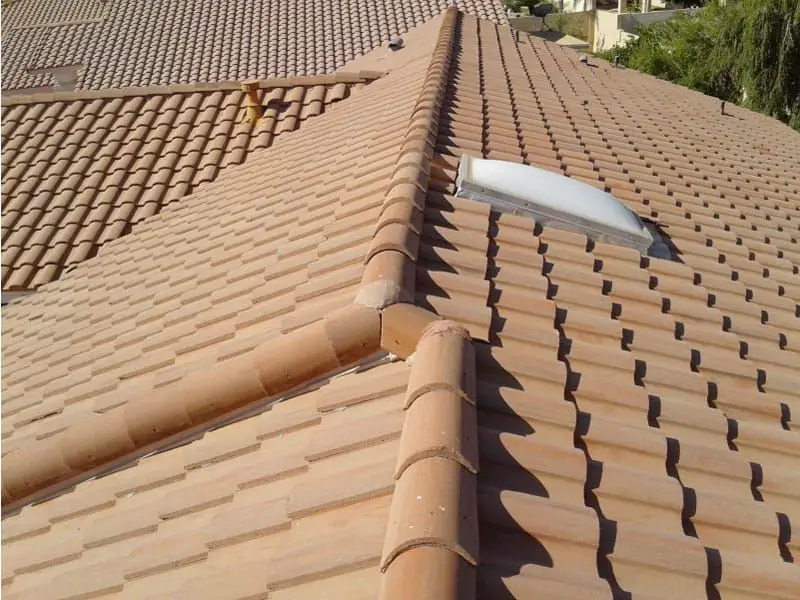
The heavy weight of clay tiles makes them difficult to transport and install. Cranes and other lifting equipment may be required, increasing overall project costs. The underlying roof structure must also be engineered to support the substantial added weight without sagging or failure over time. Due to the weight, clay tiles cannot be used on every building, especially older structures or those with lightweight framing.
In summary, the very heavy weight of clay tiles is a disadvantage for transportation, installation, structural requirements, and building suitability compared to lighter roofing options.
Prone to Damage
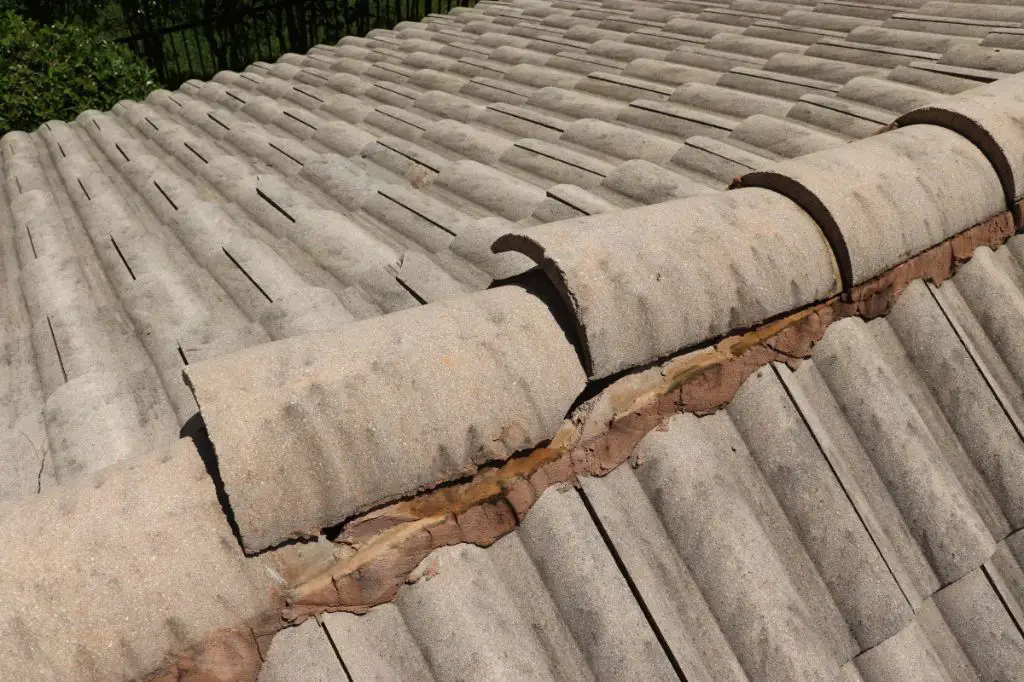
One of the disadvantages of clay roof tiles is that they are prone to damage from weather, foot traffic, and falling debris. Clay tiles are brittle and can easily crack if walked on or hit by an object (“6 Common Tile Roof Problems (And Signs for Repair)”). Tiles made of clay are also vulnerable to damage from hail, strong winds, branches or debris falling on them, and even the normal expansion and contraction that occurs with temperature changes (“Broken Roof Tiles: Common Causes and a Better Solution”). Cracked, chipped, or broken clay tiles allow water to seep in, which can lead to leaks and interior damage. Repairing damaged clay roof tiles tends to be more difficult and costly compared to other roofing materials.
Expensive
Clay tiles tend to be more expensive than other roofing materials like asphalt shingles. According to Fixr, clay tiles can cost 2-3 times more than asphalt shingles. The material cost alone for clay tiles ranges from $10-20 per square foot, whereas asphalt shingles cost $1-5 per square foot. When you factor in professional installation costs, a clay tile roof can be upwards of $30 per square foot. In comparison, a typical asphalt shingle roof costs $6-8 per square foot fully installed.
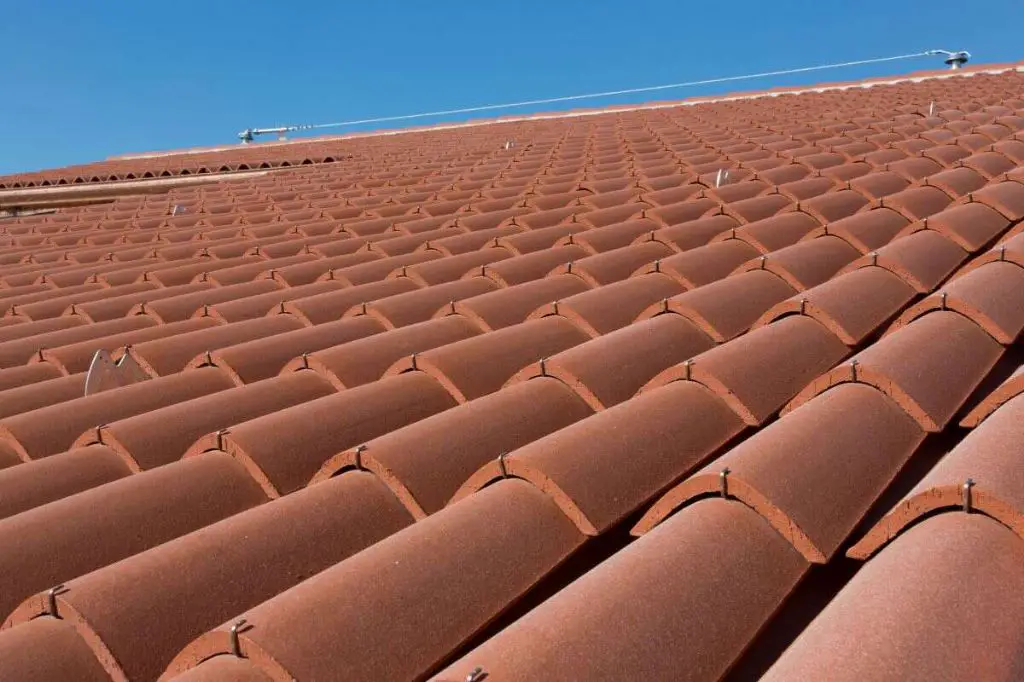
There are a few reasons for this price difference. Clay tiles are heavier and more difficult to transport and install, driving up labor costs. The tiles themselves are also handcrafted and baked in a kiln, a more expensive manufacturing process than mass-produced asphalt shingles. Additionally, clay tile roofs require added framing and support compared to other roof types, further adding to installation expenses.
Homeowners need to weigh the benefits of longevity and aesthetics with clay tiles versus the affordability of other roofing materials. While more expensive upfront, a clay tile roof can last significantly longer than asphalt and recoup some of that initial investment over time.
Limited Style Options
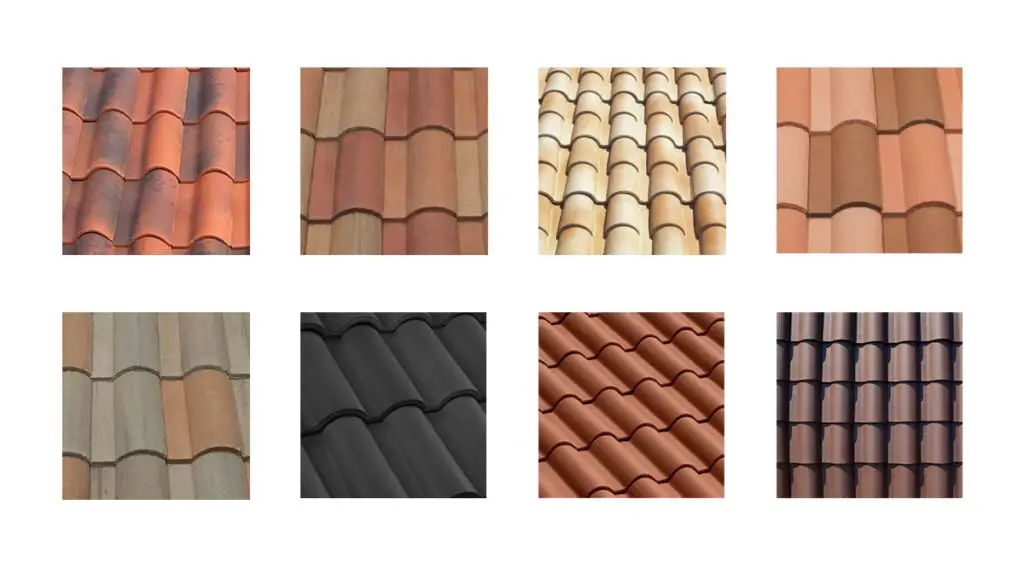
Clay tile roofs are very limited when it comes to style options and color choices. The traditional terra cotta red or burnt orange tone is by far the most common color for clay tiles. While there are some variations like blended shades or painted finishes, the overall look remains within a narrow rustic color palette.
Shape options are also constrained for clay tiles. The most popular styles are Spanish or French style barrel tiles, and flat or interlocking tiles. According to Types of Clay Roof Tiles, the basic types of clay tiles include mission, Spanish, French, and flat profiles. There are not many dramatic variations in tile shapes or textures with clay.
Homeowners looking for more contemporary roofing visuals or a wider range of colors may find the limited styling of clay tiles prohibitive. For certain home designs like Spanish or Tuscan architecture, the terra cotta clay look is ideal. But for other house styles, clay tiles may provide too little design flexibility.
Professional Installation
Proper installation of clay tiles requires an experienced roofing contractor. Clay tiles are very brittle and can crack easily if not handled with care. Unlike other roofing materials like asphalt shingles that use nails, clay tiles must be installed using screws and a special mortar adhesive to attach them securely to the roof deck. An amateur DIYer is unlikely to have the skills or knowledge needed to properly space and align clay tiles during installation. Hiring a professional roofing contractor with expertise in clay tile installation is highly recommended. According to Modernize, improperly installed clay tiles may void the warranty. The mortar used to adhere clay tiles also requires a curing time of 24-48 hours before the roof can be walked on. Professional roofers have the experience to handle clay tiles appropriately and have access to the specialty equipment needed for safe installation, including scaffolding and lifts.
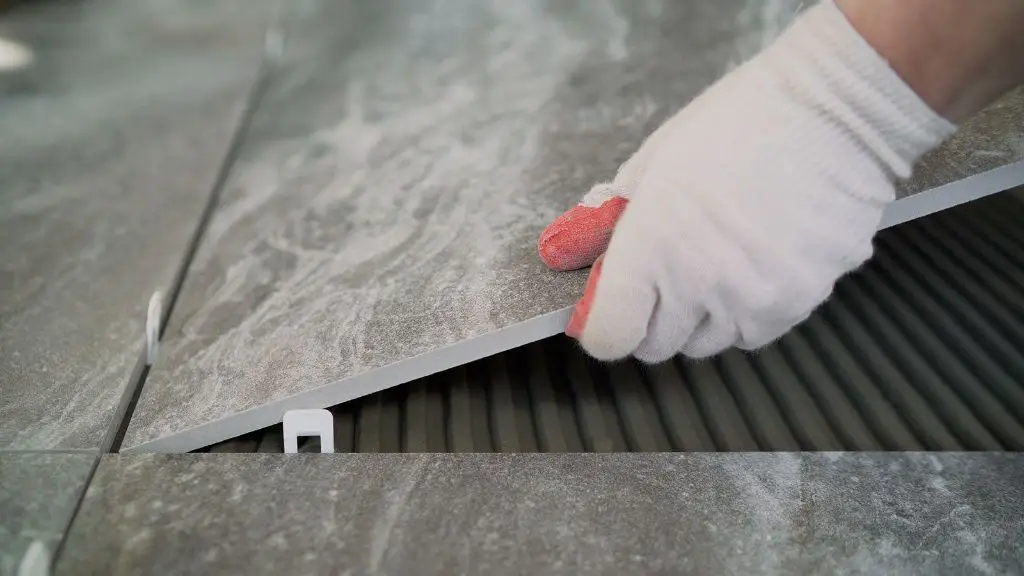
Ongoing Maintenance
Clay tile roofs require more long-term maintenance compared to other roofing materials. Over time, the clay tiles can become brittle and crack, and seals around flashings can deteriorate, allowing leaks. It’s recommended to inspect a clay tile roof at least once a year and re-seal as needed.1
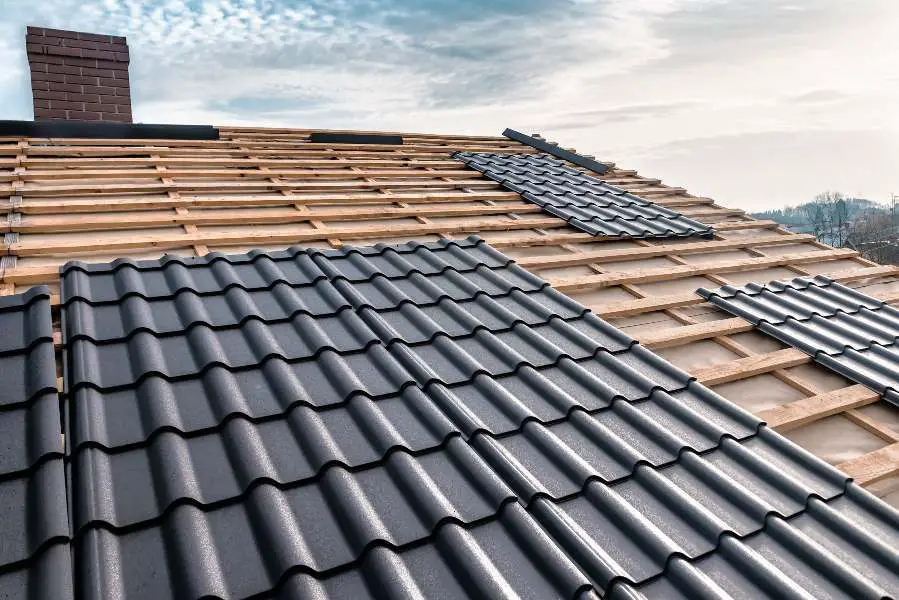
Individual broken or damaged clay tiles will need to be replaced occasionally. Since the tiles are brittle, they can crack from weather, falling branches, foot traffic, and other impacts. Replacing a few tiles here and there is normal maintenance for a clay tile roof. According to roofing experts, homeowners should budget 1-2% of the total roof replacement cost per year for ongoing tile maintenance and repairs.2
In addition to sealing and minor repairs, a clay tile roof may need a major overhaul every 20-30 years. This involves replacing any deteriorated underlayment, checking the roof structure, and replacing tiles as needed. Proper maintenance helps ensure the roof lasts its full lifespan of 50+ years.
Not Eco-Friendly
Clay tile production requires mining clay and firing at high temperatures, using substantial energy. The mining of clay can disrupt ecosystems and disturb landscapes. According to the Tile Roofing Institute, clay and concrete tile production does deplete limited natural resources and require mining and high temperature firing without chemical preservatives (https://tileroofing.org/why-tile/environmental-impact/). Additionally, some studies have found clay tile production to have higher embodied energy than other roofing materials like asphalt shingles or metal (https://www.constructionspecifier.com/minimizing-environmental-impacts-with-clay-roofing/).
However, clay tile roofing materials are very durable and long-lasting, so they do not need to be replaced as often. Once installed, clay tile roofs have minimal environmental impact. Overall, while clay tile production does have some negative environmental effects, clay tiles can last over 100 years, offsetting the initial impacts through their long lifespan.
Limited Cold Climate Suitability
One disadvantage of clay tiles is their limited suitability for cold climates. Clay tiles are prone to cracking and breaking during freeze/thaw cycles in winter. The porous material absorbs moisture which expands when frozen, leading to cracks and damage [1]. Clay is also brittle which makes tiles vulnerable to damage from hail or falling ice and snow. The smooth surface of clay tiles does not shed snow well, allowing heavy accumulation that can strain the roof structure.

For these reasons, clay tiles are not recommended as the best roofing material for cold climates with heavy snowfalls. Materials like slate, metal, and fiberglass shingles are better choices for freezing conditions as they do not absorb moisture and are more impact resistant [2]. Homeowners in northern regions with clay tile roofs must take extra precautions to prevent ice dams and ensure proper drainage.
Not Fireproof
Clay tiles are not fireproof and can be damaged in a fire, unlike metal roofing materials. Concrete and clay tile roofs may have a Class A fire rating, the highest rating for roofing materials, but this does not make them completely fireproof or non-combustible (Source). In a wildfire, embers can still burn holes in clay tiles and damage the roof despite the fire rating. Metal roofing materials like steel and aluminum are non-combustible and will not be damaged by embers or fire (Source). While clay tiles offer good fire resistance compared to other roofing materials, they cannot match the performance of metal roofing when exposed directly to fire and embers.
